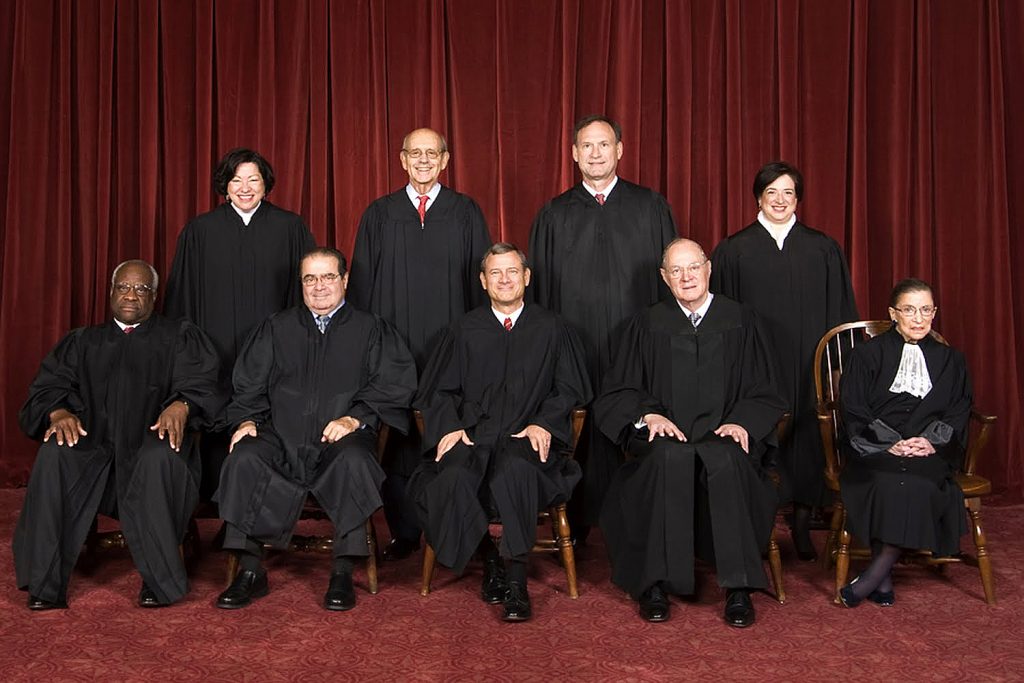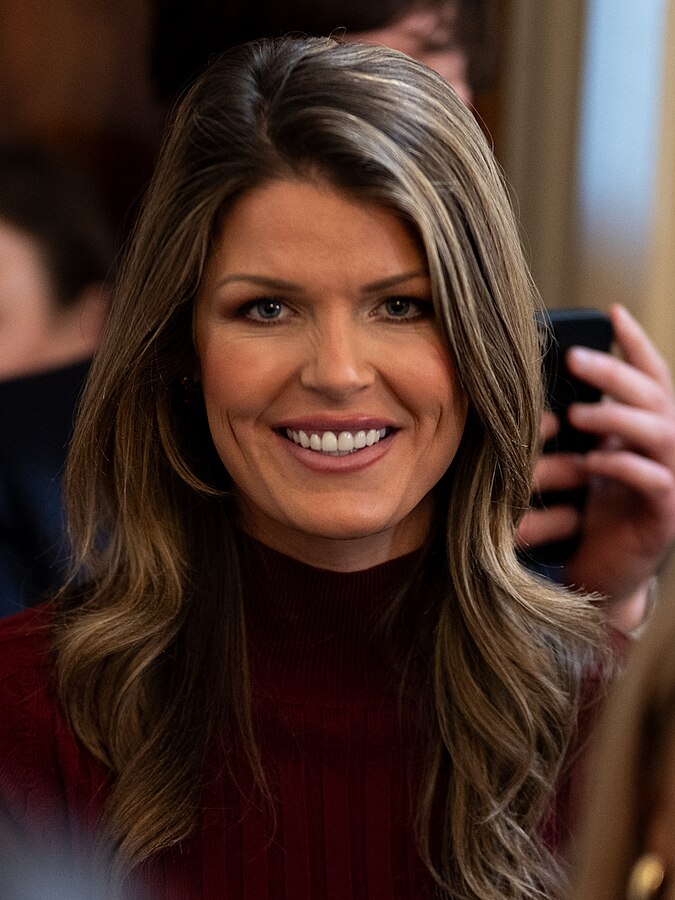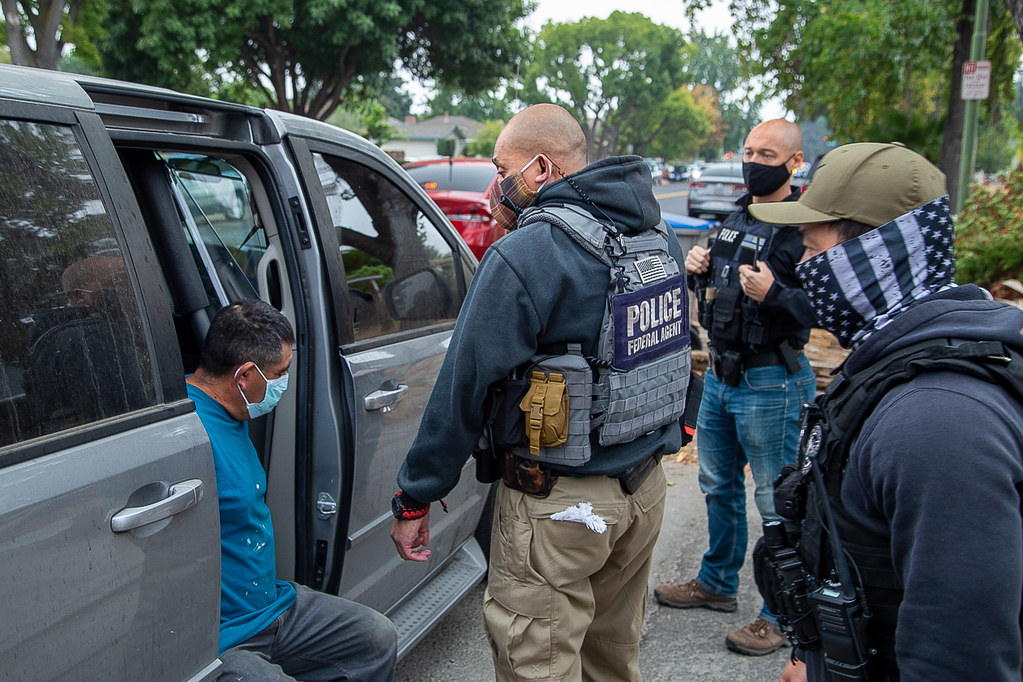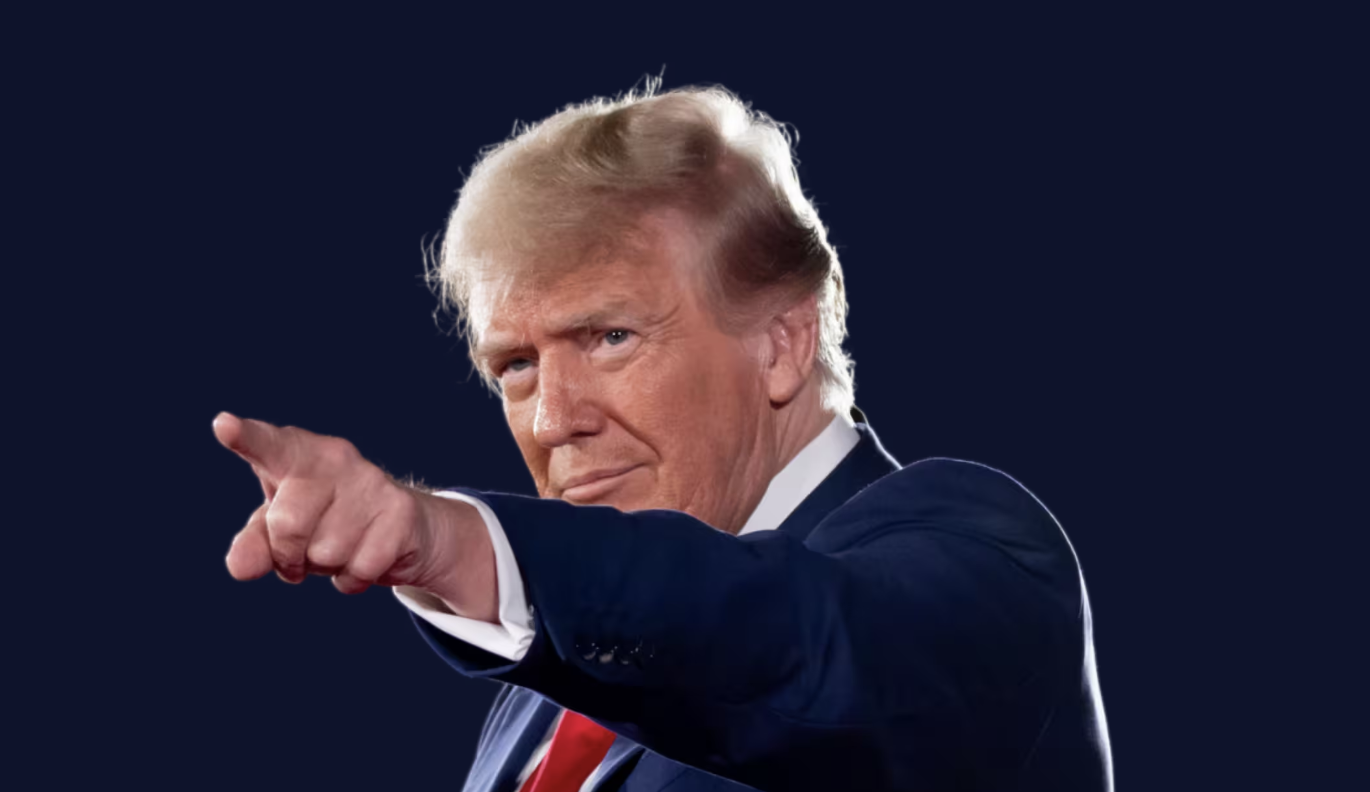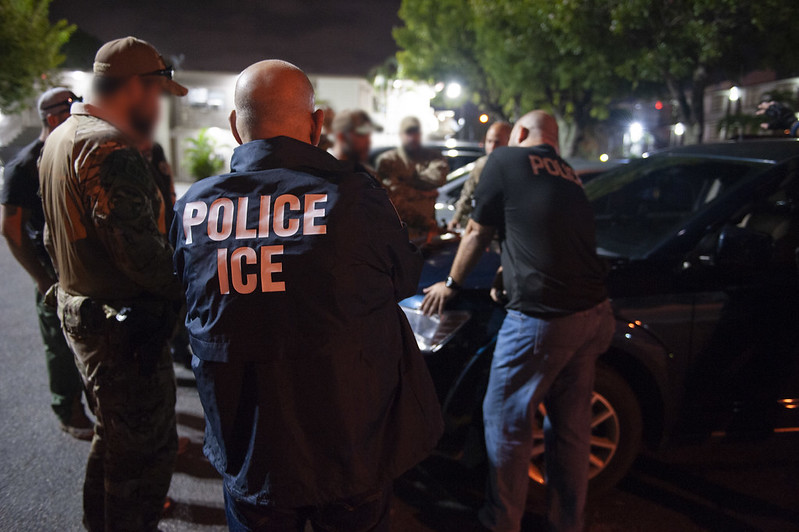Ross Parker was chief of the criminal division in the U.S. Attorney’s Office in Detroit for 8 years and worked as an AUSA for 28 in that office.
By Ross Parker
ticklethewire.com
One out of five voters said that the Supreme Court was the most important issue of the Presidential campaign. They voted overwhelmingly for Donald Trump. The President-elect has published two lists of about 20 possibilities for his Supreme Court appointees.
“Appointees” plural since there is one vacancy and three of the eight Justices are over or near 80 years old. Two are considered in the “liberal” wing (Ginsburg, Breyer) and one is a swing vote who sometimes votes with that group (Kennedy).
Since the pool of Trump picks are characterized as “conservative” or “libertarian,” the speculation by the pundits is that the effect of the appointments will be immediate and a strong re-direction to the right. Not that many of us put much faith in the predictions of the pundits and pollsters after the election. But in this case they are probably right. At least as to the hot-button issues like abortion, immigration, climate change, LGBTQ, gun rights, and affirmative action.
But what about cases involving criminal and law enforcement issues? This requires an assessment of how the current 8 Justices on these cases have voted.
In the 2015-2016 term, the Court handed down opinions in 28 cases involving these issues out of 81total cases. Categorizing each Justice’s vote as Pro-Government or Pro-Defendant results in the following order, from highest percentage of Pro-Government votes to the lowest:
Alito————79%
Thomas——–61%
Kennedy——-61%
Breyer———-57%
Roberts——–57%
Kagan———-54%
Ginsburg——50%
Sotomayor—-36%
Another interesting survey counted the percentage of time that each Justice voted with the majority in criminal cases, as opposed to voting with the dissent, or filing a concurrence with an entirely different rationale than the majority. That list from highest adherence to the majority to the lowest was as follows:
Kennedy——-96%
Roberts——–93%
Kagan———-89%
Ginsburg——86%
Breyer———86%
Alito———–71%
Sotomayor—71%
Thomas——-54%
Before the analyses, the caveats. These 28 cases were from a single term, not the entire history of a Justice’s votes. Some involved just following the Justice’s interpretation of precedent, as opposed to how he or she would have voted if not bound by precedent. Some of the cases were very complex, and there was some subjectivity in a few cases in deciding which box to put each of the votes in. But there is something to be learned from the exercise even with these limitations.

Looking at the Pro-Government listing, the two Justices at the top (Alito and Thomas) are considered to be the most “conservative” on the bench. The two on the bottom are considered to be in the “liberal” wing. But the four in the middle do not follow these labels. The list proceeds: swing vote (Kennedy), liberal (Breyer), conservative (Roberts), liberal (Kagan). Thus in criminal cases at least, the label does not determine the voting pattern for most Justices.
This conclusion is made even more apparent by a look at individual criminal cases even at the top and bottom of this ranking. For example Justice Thomas, rightly considered the dissenter on the bench, either dissented or concurred in the defendant’s favor in six cases, about a quarter of the criminal docket. This may well be because of his libertarian views on cases like those involving Second Amendment right to bear arms or the federal Hobbs Act, which he may perceive to invade states rights. On the other end of the list, Justices Sotomayor and Ginsburg each dissented in favor of the Government in two cases.
On a great many cases, it was difficult to predict how a Justice would vote on criminal cases. Voting groups on each side sometimes involved surprising voting buddies. On the great majority of cases, reading the opinions left the conclusion that the Justices more often voted their views on the applicable law rather than a particular ideology.
Also the overall Government win percentage in criminal cases is 57% to 43% for the defendants. Not too shabby for the guys and gals wearing the white hats. Moreover, in 77% of the time the Justices agree with the opinion of the Court. So the present group has not been a hotbed of rancorous disagreement.
These numbers can be parsed and speculated about in other ways. But back to the original question—how will Trump appointees affect the Court’s criminal and law enforcement-related cases? For the first appointment, to replace Justice Scalia, the answer is probably not much. Justice Scalia regularly, but not always, voted for the government in these cases. And as shown above, most cases are not decided by the ideological label put on each Justice by the media.
The second appointee, and there will be another one for President Trump, will have a greater impact, particularly in categories like abortion, affirmative action, gun rights, business regulation, gay rights, campaign spending, and racial discrimination. However, a Justice’s views can change on the bench and can greatly disappoint the appointing President, like Chief Justice Warren, Justice White, and Justice Souter, to name a few.
In criminal cases, the effect of a second “conservative” like those mentioned by the President-elect will not be as great as these categories, but it will probably move the dial for some future columnist’s analysis toward the Government’s benefit. A more law and order bench, if you will. Justice Brennan, if he stays on the bench, would not be the swing vote. The Chief Justice may well get that label.
One category in criminal cases where such a development may be significant is death penalty cases, where the Court appears to have been sensing the population’s growing doubts about the efficacy and cost effectiveness of the ultimate penalty. Even the few states regularly employing the death penalty seem to be increasingly ambivalent. The recent trend seems to be to decide these cases in ways that lessen the prospect of execution. But that could change with two or more new Justices.
Finally there is, depending on your perspective, another good development in President-elect Trump’s plans. We will no longer be judged by the eastern elite from Harvard and Yale, raised on the coasts, especially New York. The Trump list comes from all over the country and from non-Ivy League law schools, which is good news for those of us who live in the wilderness of “fly over” states and for the lawyers who went to Midwest and southern law schools. Also good news for a more diverse and representative point of view on the highest court in the land.


